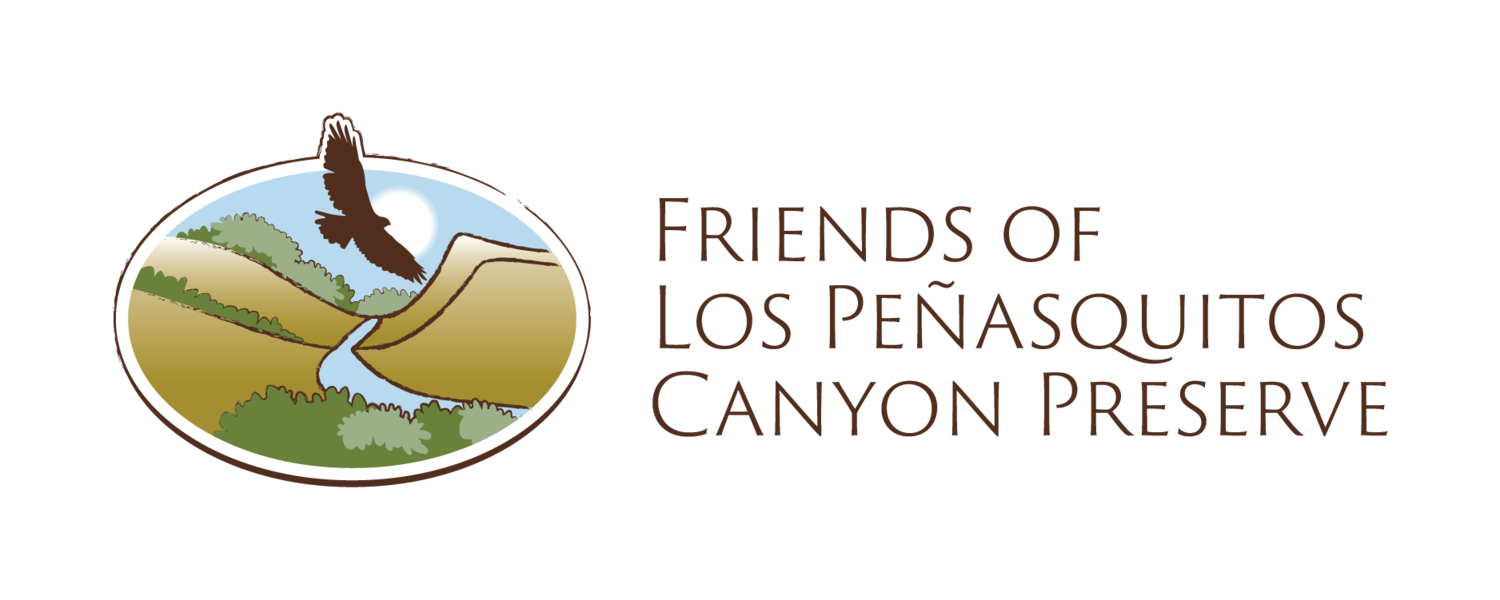Spotlight on our Native Plants: Matchweed
Beth Mather, President
A native plant that grows in our area but is not particularly well known is the plant commonly called matchweed or snakeweed (Gutierrezia californica or G. sarothrae). We first noticed this plant several years ago north of Carmel Valley Rd on the trail up to the top of Doug Hill in Black Mountain Open Space. (See penasquitos.org/selfguided-hikes for a description of a self-guided hike on Doug Hill). Subsequently we have seen several stands of matchweed growing nearby. It has also been reported on the slopes of Los Penasquitos Canyon. If you see a small mounding plant approximately 1-1.5” tall that is covered in little bright yellow flowers late spring to fall, that may be matchweed. Check it out using iNaturalist or your favorite plant identification app.
Matchweed is a species of flowering plant in the sunflower family (Asteraceae). It is native to much of the western half of North America, from central Canada to northern Mexico. It has greenish multibranched stems and twigs with very narrow leaves along the branches. At the end of the branches are clusters of the small yellow flowers. It’s a perennial, but the leaves will die back at the end of summer.
We have included matchweed in our Black Mountain restoration site which is adjacent to Doug Hill. We particularly like it because it provides blooms late in the summer when many of the other native plants have dried up for the year. These blooms provide food for bees, moths and butterflies. If you look closely at a blooming matchweed, you may see some of our small native bees buzzing around the plants.
Matchweed can be an attractive plant in a garden situation if you want to bring some native plants into your landscape. Here in coastal San Diego with just a little more water than it gets in the open environment, it will remain green through most of the year. A number of the volunteers who work at the restoration site found the plant so attractive they purchased some for their gardens. It reproduces readily. Within a year you may have a number of fast growing seedlings in addition to the mother plant.
Here is a fun fact about matchweed. There is not just one matchweed, there are actually two species, Gutierezzia sarothrae and Gutierezzia californica. Interestingly these two species are so similar that even botanist have a difficult time distinguishing between the two. When two plants are so much alike, they are often variants of a single species. But in this case, there is no doubt that the two are unique species. This was determined when botanists looked at the plants’ chromosomes. G. sarothrae has a single set of chromosomes whereas G. californica has either double or triple that number. Sometime in the past there probably was a rare event where the chromosomes did not separate after copying themselves and a new species was born. Because these two species have different chromosome numbers they cannot interbreed. We are not sure which species is growing naturally in the Doug Hill area. Anyone want to do a karyotype or quantitate the plant’s DNA? It would be fun to know.


